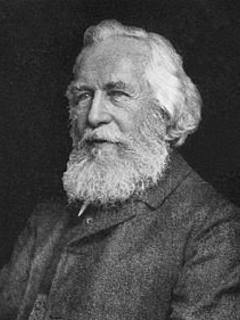
Publication details
Publisher: Palgrave Macmillan
Place: Basingstoke
Year: 2012
Pages: 45-69
Series: Palgrave Studies in Cultural and Intellectual History
ISBN (Hardback): 9781349295487
Full citation:
, "Proto-monism in German philosophy, theology, and science, 1800–1845", in: Monism, Basingstoke, Palgrave Macmillan, 2012


Proto-monism in German philosophy, theology, and science, 1800–1845
pp. 45-69
in: Todd H. Weir (ed), Monism, Basingstoke, Palgrave Macmillan, 2012Abstract
Depending on the definition of the word, monism has been around for some time. If we define monism as the theory that all spirit and matter are united in a single original substance, we are reminded of Spinoza and even of Eastern thought. The heritage of monism, then, lies deep in the past. Still, monism is most commonly encountered as a phenomenon of the later nineteenth century. It is usually associated with Ernst Haeckel, since it was from his General Morphology and the Natural History of Creation that the word came into general parlance.1
Cited authors
Publication details
Publisher: Palgrave Macmillan
Place: Basingstoke
Year: 2012
Pages: 45-69
Series: Palgrave Studies in Cultural and Intellectual History
ISBN (Hardback): 9781349295487
Full citation:
, "Proto-monism in German philosophy, theology, and science, 1800–1845", in: Monism, Basingstoke, Palgrave Macmillan, 2012


